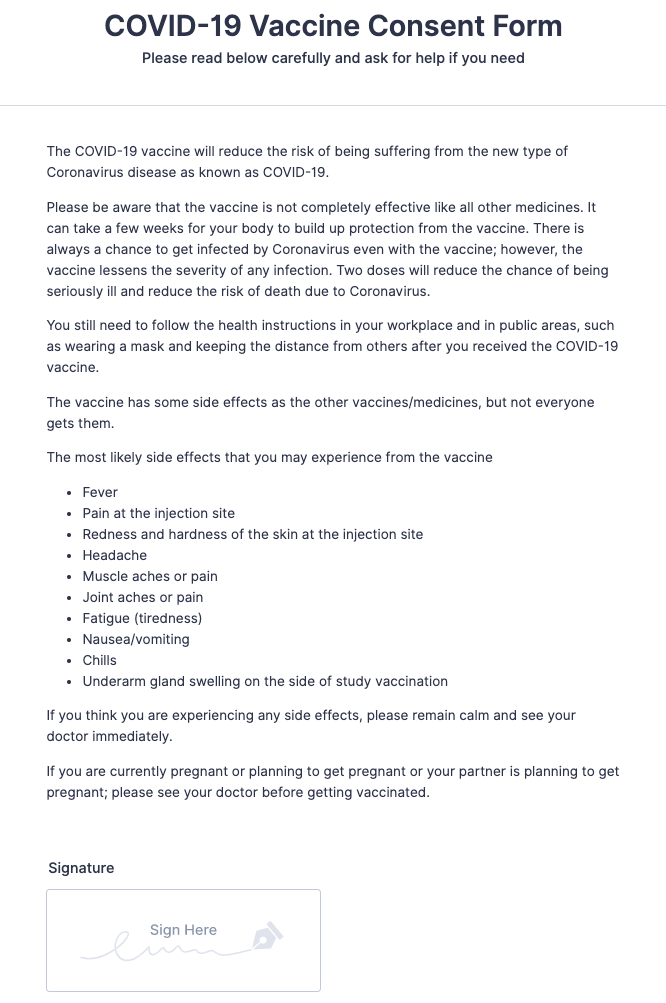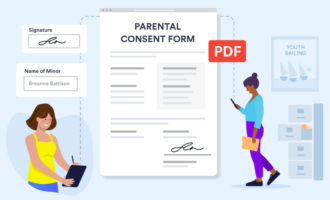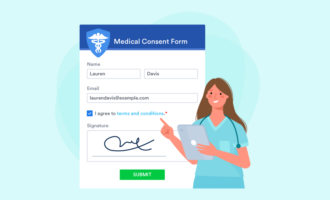In 1905, in St. Paul, Minnesota, a surgeon named Cornelius Williams prepared to perform surgery on the diseased right ear of a patient. The surgeon had previously discussed his plan with the patient, named Anna Mohr, and she agreed to it. But as Williams was anesthetizing her, he noticed that her left ear was much worse than the right. So he performed the procedure on Mohr’s left ear instead, leaving the right for another day.
It turned out to be an unfortunate decision. Mohr developed hearing loss and sued Williams for battery, the crime of unpermitted contact with her body. Her attorneys argued she had agreed to a procedure on her right ear, not her left, so Dr. Williams had acted without her permission. Judges sided with Mohr, and that set a precedent: Surgeons must obtain specific consent for each individual treatment they administer.
But there was an interesting side note in the Minnesota Supreme Court’s decision on the case. As Casebriefs summarizes, the Court found “If an operation is performed without Plaintiff’s consent, and the circumstances were not such as to justify its performance without consent, then the operation is wrongful and thus unlawful [our emphasis].” In other words, sometimes — rarely — doctors can act without a patient’s consent.
Pro Tip
Keep your patients informed and up to date with Jotform’s free informed consent form templates.
Informed consent in healthcare and the few rare exceptions
The practice of explaining all the important details of an illness and its treatment, and then getting a patient’s permission to proceed is called informed consent. Generally speaking, physicians are required to obtain informed consent for anything they do that carries a risk.
On the other hand, the case of Mohr v. Williams tells us there are situations when physicians can act without a patient’s permission. So what are some exceptions to informed consent?
These answers aren’t intended as legal advice. As the AMA Journal of Ethics points out, “requirements for informed consent are relatively vague and undefined and the exceptions are few.” Best practice is to follow detailed informed consent protocols with each and every patient. That said, here are the two major scenarios in which informed consent may be waived, in full or in part.
1. A patient is at imminent risk of serious harm and is unable to give consent
This is the exception the Minnesota Supreme Court alluded to in Mohr v. Williams. Waqas Ahmad, a family medicine physician and head of Insurecast’s medical advisory board, provides some examples (along with a crucial disclaimer):
“It is necessary to take informed consent from patients before any treatment or procedure. However, there are certain exceptions to this rule. These include a critical emergency of a child with imminent harm, in which case there’s no need to take consent from a parent or guardian, or an unconscious patient brought to the emergency department with imminent harm.”
In order to apply this exception to informed consent rules, the situation must meet two conditions. First, the patient must be unable to communicate, because they are unconscious or for some other reason. Second, the treatment’s benefits must outweigh the risks. If both of these conditions are satisfied, physicians may proceed with care in the absence of informed consent.
2. Sharing relevant medical information could harm the patient
This is a tricky one. Courts have found that doctors don’t have to disclose informed consent details that might upset a patient so much that they can’t make a rational decision about their care. Similarly, physicians aren’t bound to share information that’s likely to cause “emotional distress.”
Still, experts urge caution with this exception. “Since assertion of this defense is clearly self-serving and not accepted by all courts, it is best avoided,” writes Edward Raab in Transactions of the American Ophthalmological Society.
It’s also important to note that, to avoid psychological harm, healthcare providers may omit only certain details. The broader informed consent process is usually still necessary, even if it doesn’t include all the information that’s typically part of the doctor-patient consultation.
Simplifying the informed consent process
To be clear, doctors don’t have to get informed consent for every single thing they do. They can rely on implied consent instead for low-risk, everyday tasks like taking a blood pressure reading. For instance, if a doctor holds out the blood pressure cuff and the patient extends their upper arm, it’s pretty clear that everyone in the room is OK with what’s happening. They don’t need documentation of consent because there’s no real risk associated with checking blood pressure.
If there is a risk involved in treatment, though, physicians need to complete the informed consent process. But there’s no reason to make that process harder than it has to be.
Rather than relying on clipboards and photocopies, medical facilities can now collect informed consent with electronic forms from Jotform. These informed consent forms are HIPAA-friendly and complete with legally recognized e-signature functionality.
As medical providers move online, practicing telehealth and following laws that require electronic health records, online informed consent forms from Jotform can help with all-digital documentation that’s tailored to your business. Find an informed consent template and get started today.













Send Comment: